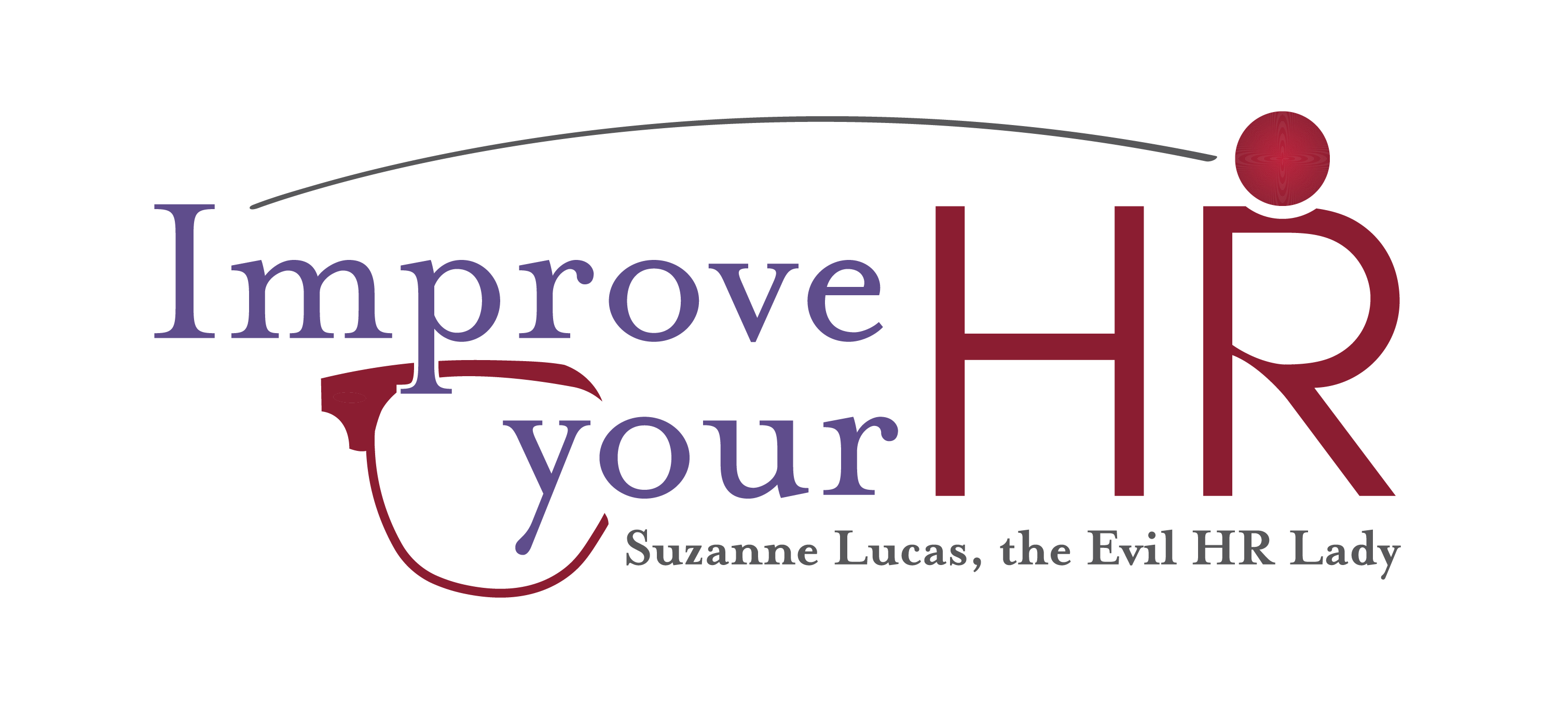Early next year, our company will begin using new software for most everything we do. It’s already so late in the process, so what can we do quickly to ensure that our employees are adequately trained and don’t feel like they are on their own?
To read my answer, click here: New Systems Require Proper Training and Patience

I am a hands on learner. I know that I retain information best when I do it and get the feel for what I am doing.
Training that consists of watch this video or watch someone else do it does not work for me. Employers need to be sure that they are reaching employees where they are.
Everybody is different, and that makes training very, very hard. The trick is that the person doing the training needs to know how to use the news software, but they also need to know how to train, and the latter is the more important skill set.
Not only does everyone need high-quality training, the training needs to be recorded and accessible later when questions or problems arise. I work for a huge Government agency. When we get new systems, we frequently get trained well before they system actually goes live. When we finally start using the new system, we may discover that — due to the passage of time — we’ve already forgotten a lot of the nuances of the training, or that later debugging changed some of what we were taught. I often end up going back and reviewing the initial training. If I still have problems or questions, I then ask a more proficient colleague. Contacting the help desk is the final resort.
There’s no such thing as training for a new skill to be learned in a designated time period because some “efficiency” expert determined that X amount of hours is all that needed to learn every skill to do a specific job. This especially true when the person who is supposedly doing the training doesn’t know how to train another. To teach is a multiple presentation interaction. First, you tell, then you show, then you let the other do with you while you tell and correct, then you let the other do, while you watch and then correct as they do. Each time there’s a follow-up until the instructor steps out of the action of being present. not every person learns new skills at the same rate. And having a help desk for questions is not the solution to proper training, that’s called passing the buck.
In my experience, the #1 most important part of a successful transition is having managers give a clear message that the transition is happening. Way too many times, a manager will scoff and pretend that the transition is not going forward, or they will bad mouth the new software/process, and then everyone reporting to that leader will resist the change. If you have a director saying that the software is dumb and they will refuse to use it, then an entire division of the org will refuse to use it.
Get all managers on board, and be ready to step in if you hear leaders resisting the change. They can grump all they want at home, but they can’t spread the grump at work. (Real concerns are welcome, but not whining.)